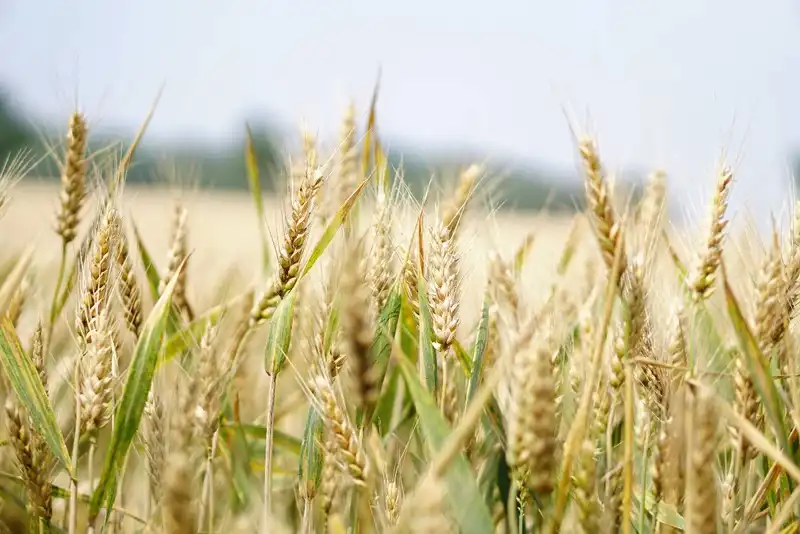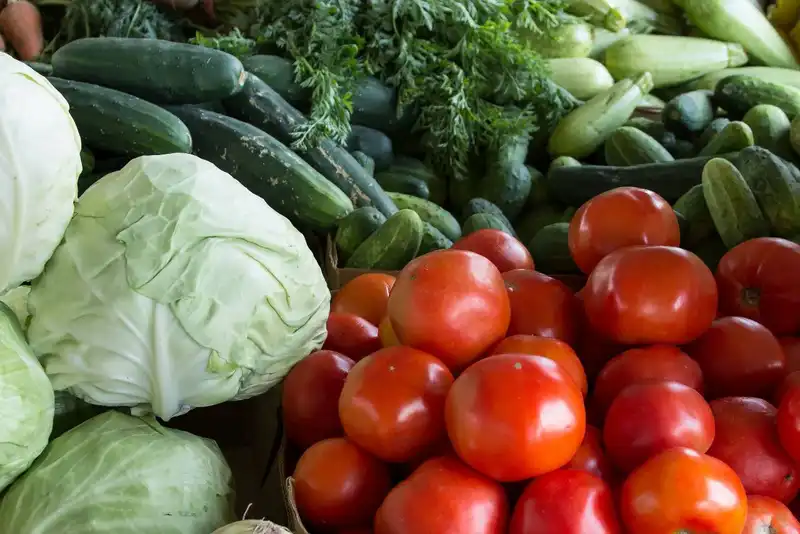Raw Materials in Food Manufacturing
Introduction to Raw Materials
Food manufacturing companies invest in raw materials to produce finished food products for the general public. These companies often work with raw food producers from around the world. In fact, China, India, the United States, and Brazil are the world's most influential food-producing countries. According to the American Farm Bureau Foundation, the U.S. exported about $135.54 billion in 2019. This includes raw materials, such as soybeans, poultry, beef, pork, veal, and processed produce and vegetables.
What Are Raw Materials?

Raw materials are substances and products that manufacturers and processors use to create finished goods. Food manufacturing companies will purchase raw materials to make foods for human consumption. Some of the most well known raw material producers that food businesses buy from include the following.
- Brazil - Brazil is considered a large food producer. They are notable for harvesting and selling sugarcane, soybeans, and beef.
- China - China is a top producer, consumer, and importer of food exports, meaning they sell and buy from other countries. Because of the country's nutrient-rich soil and large workforce, they are able to produce a wide variety of rice, vegetables, and produce. They are also known for supplying wheat, peanuts, honey, eggs, and meat.
- India - India is acknowledged for exporting basmati rice, fresh vegetables, fruit, alcoholic beverages, and snack foods. They also supply nuts, such as almonds and pistachios, sugar, and fruit juice. Non-food companies also turn to India for their mineral fuels, gems, precious metals, and pharmaceuticals.
- The United States - Within the U.S., food producers are widespread in different states, specifically, California, Iowa, Texas, and Wisconsin. These states harvest soybeans, corn, wheat, and potatoes and typically export them to countries, like Canada, Mexico, and China.
Types of Food Raw Materials
Food manufacturers, processing plants, and restaurants depend on a wide range of raw materials to operate. The following are the most common types of raw materials that foodservice businesses import or purchase.
Meat, Seafood, and Poultry

Products, such as beef, lamb, shrimp, and chicken, are produced from slaughtered animals. Generally, poultry products come from chickens and turkey. Seafood is food material that comes from animals that live in seawater. This includes salmon, lobster, shellfish, and whitefish. Lastly, meat encompasses all other animals, such as beef, pork, veal, goat, and lamb.
Food companies use these raw meat cuts for cooking, processing, and consumption. Meat products are notable for having high protein content levels and are often used for main course meals. For example, restaurants may prepare steak cuts for customers. On the other hand, manufacturers may unshell lobster to sell in frozen packages for at-home usage.
Grains, Seeds, and Nuts
Grains, seeds, and nuts are known for being high in calories. These raw materials can be consumed by humans directly, but will usually undergo further processing. Generally, seeds are produced from fruits and flowers. For example, pumpkin seeds and sunflower seeds come from pumpkins and sunflowers, respectively.
Nuts, such as cashews, almonds, pistachios, and pecans, however, mostly come from trees. Both seeds and nuts have high traces of fiber and protein. Nuts also have high contents of fat. Grains, which are more popular for their fiber and carbohydrates, come from specific variants of grass. Food processors will use grains, seeds, and nuts to make cereals, oils, and snacks.
Fruits and Vegetables

Fruits and vegetables are commonly produced in farm fields, trees, and greenhouses. They are sold directly for consumption and can also be used as ingredients for dishes. Fruits come from flowering plants and are often sweet. These raw materials include apples, berries, bananas, and pineapples.
Vegetables are usually grown in fields and are defined as any plant that is used for food. This entails celery, carrots, potatoes, and lettuce. Despite their differences, fruits and vegetables have high amounts of vitamins and minerals that are beneficial for the human body.
Fungi
Fungi refer to a group of living organisms that thrive off organic materials. Mushrooms are a popular form of fungi that are consumed by people. Fungi grow best in moist environments, such as in caves and underneath trees. They provide consumers with fiber, protein, and antioxidants while having a low-calorie content. Mushrooms, specifically, are known to help mitigate the development of illnesses, such as Alzheimer's, heart disease, and cancer.
Dairy Products

Dairy products, such as cheese, milk, and cream, come from animals. However, unlike producing raw meat, dairy items do not require animal slaughtering. For example, milk is generally harvested from female animals, such as cows, goats, and sheep. Food manufacturers will import or purchase dairy goods to make their own final food product.
A confectionary manufacturer, for instance, may use milk and cheese to make desserts, such as cakes and ice cream. On the other hand, a restaurant may use raw dairy materials to create meals for customers.
Eggs
Similar to dairy products, eggs are produced without animal slaughtering. Farmers will collect eggs from their chicken, ducks, and quails and sell them to manufacturers or directly to consumers. These raw materials are high in protein and can be eaten as a whole or used as an ingredient for a dish.
Conclusion to Raw Materials
- Raw materials in food manufacturing entail an extensive list of substances and products. Manufacturers buy these products to produce and create final food items for human consumption.
- The world's top producers include China, Brazil, India, and the United States. This means these countries cultivate and export large volumes of raw materials to other countries.
- The most popular exported raw materials are wheat, soybeans, nuts, and sugar.
- There are many different types of raw materials that restaurants, food manufacturers, and processing plants use to create food products. These include raw meat, seafood, and poultry, as well as fruits, vegetables, grains, seeds, nuts, dairy, fungi, and eggs.




